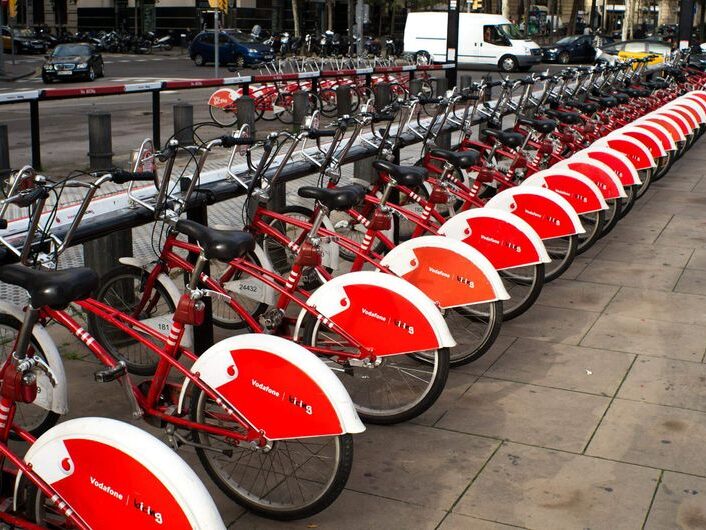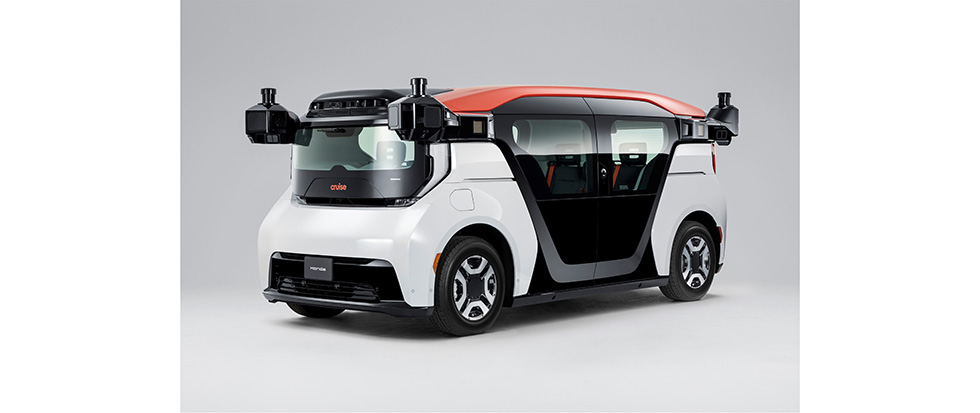Running a successful shared mobility business is more than just providing rides from one place to another.
It’s about placing your customers at the heart of your business – making them feel valued, appreciated, and the real focus of all your efforts. In other words, it involves a customer-centric approach.

Let’s take a closer look at what a customer-centric strategy means, why it’s important – and how to adopt it in a shared mobility business.
What Being Customer-Centric Means and Why It’s Important
Customer centricity means shaping your business to deliver an excellent customer experience at every step. It’s a strategy to build stronger brand loyalty and satisfaction, leading to deeper and longer-lasting customer relationships.
It involves shaping your messages and services to match what your clients want and like. Being customer-centric is about recognizing the pivotal role customers play in the success of any business.
Here are the main reasons why it’s a worthwhile strategy to consider:
- Customer satisfaction and loyalty: When you put your customers first, you’re more likely to provide them with what they truly want – and satisfied customers are more likely to stay loyal to your brand.
- Positive reputation: Satisfied customers become your brand advocates. They share their positive experiences, enhancing your brand’s reputation and attracting new customers.
- Easier to stay ahead: Talking to customers and getting their feedback can help make your services more innovative and proactive. It helps you stay ahead of the curve and meet changing customer demands.
Key Aspects of a Customer-Centric Shared Mobility Business
Now, let’s look at the key areas in which shared mobility businesses can enhance the customer-friendliness of their services.
User-Friendly and Engaging Software
Software is often the first point of contact for customers when they start using a shared mobility service – and it’s important to ensure that this first impression is positive.
In this case, a user-centric approach is about making sure the software doesn’t get in the way but rather enhances the user experience. For customers, it should be effortless to book a ride or rent a vehicle.
Consider these factors when aiming to provide a customer-centric software experience:
- Keep it simple: Make sure the software is straightforward and easy to use – especially for people who might not be tech-savvy. It’s a good idea to have a clear layout – keep the interface organized with easily visible buttons for key tasks like booking rides, checking ride details, and providing feedback.
- Let customers pay as they like: Give users multiple ways to pay (cards, ApplePay, GooglePay, PayPal and more), and, if possible, show them an estimate of the service cost before they confirm it. This helps users know what to expect and makes the process more transparent and user-friendly.
- Features to drive engagement: Consider additional features that can boost user engagement and make the overall experience more enjoyable. One intriguing option to explore is gamification, which involves infusing apps with game-like elements. The idea is to offer users a feeling of achievement as they advance and complete various tasks within the app.
If you are after a white-label solution, Atom Mobility offers a user-friendly high-converting mobile app for both iOS and Android, which can be customized to match your brand. The app is regularly updated and supports various vehicle types, languages, and geographic locations.
Great Customer Support
When a business is all about making customers happy and putting them first, one of the key aspects is having great customer support. It’s key to better customer satisfaction, loyalty, and positive word-of-mouth.
Here are the key principles that define great customer support:
- Speed: Customers don’t like waiting a long time for answers to their questions – they want quick solutions to their queries. It’s a good idea to give customers various options for getting help, like phone, email, chat, and social media. You can also offer self-help tools like FAQs, chatbots, and online guides. Some customers like finding answers on their own, which can cut down on the number of questions needing human assistance.
- Knowledge: While being fast is important, it should come with knowing your stuff and giving accurate info to customers. Your support representatives should have a deep understanding of your company’s services, policies, and available resources. Customers must have confidence in the information provided by your customer service team – nobody wants to call about the same problem repeatedly.
- Treating customers with care: Good customer service means treating customers with respect, courtesy, and professionalism in every interaction. Sometimes customers may feel anxious or frustrated, and it’s crucial to empathize with their needs – picture yourself in their situation, and let them know you’re fully committed to their problem.
Safety, Feedback, and Proactive Solutions
Let’s explore other important factors like safety, feedback, and proactive solutions that can solidify a business’s role as customer-centric.
- Commitment to safety and reliability: According to a survey by McKinsey, safety is the top priority for shared mobility users worldwide. In other words, businesses should make customers confident in their ability to provide safe and reliable services. Take shared micromobility fleet vehicles as an example – they should be well-maintained in both appearance and technical condition. This ensures that customers feel confident and secure when using them. Ride-hailing businesses should find ways to promote safe driving and take strong action against drivers who don’t follow the rules.
- Listen and act on feedback: You should actively engage your customers through a continuous feedback loop. Collect and analyze your customer feedback – whether it’s through in-app surveys, email, or social media channels. This way, you can identify areas for improvement and make necessary adjustments to improve the customer experience. When customers think their feedback matters, they usually feel more connected to a business.
- Stay ahead of the curve: Last but definitely not least – try to be proactive. When you see an opportunity to improve things, there’s no need to wait for a customer to point it out – go ahead and do it. By staying ahead of the game, you can pleasantly surprise your customers and even exceed their expectations.
Conclusion: Putting the Customer First
A great shared mobility business is not just getting from point A to point B – it’s an experience that customers appreciate and want to repeat. With the right tools and mindset, you can deliver this kind of experience to your customers and set the stage for your business’s long-term success. A customer-centric approach simply recognizes that your customers are your business – since their satisfaction is what fuels your own success.
This article was originally published by ATOM Mobility.














